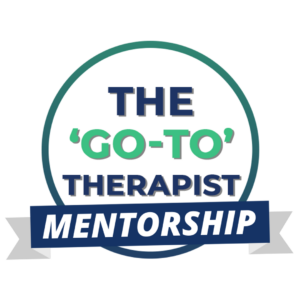How To Use A Pro Sport Approach For Older Patients
Throughout the mentorship I always get asked just why we use a professional sport approach and how it translates to any private practice patient.
Today I’ll share with you just how simple it is to implement a professional sport approach in your private practice and why elderly patients and non-sporting patients need this more than ever.
Setting Expectations
The first thing we do in module one of the mentorship is setting expectations with the patient and having clarity on what the problem is. In professional sport this is key. You need to tell the athlete what the real problem is, what they have to do to get rid of it and when they will be able to play again. Of course, every private practice patient needs the same thing.
It’s All About Movement
Whether your patient is a professional athlete, a 90 year old, 60 year old or 20 year old every person needs to be able to sit, stand, climb the stairs, sleep, squat, lunge, push and pull. All patients want and need these very basic things. They want a life without pain. The only real difference is that an athlete may just need to do these things to a higher level.
In the mentorship we teach therapists to sell people what they want and give them what they need. No matter if it is a professional athlete or an elderly patient, you need to know where people want to get to and guide them on their journey there.
Addressing The Problem And The Cause
Throughout my work I teach the core principles I learnt from my time in professional sport. I teach therapists to address the problem and the root cause.
Just like a professional athlete our private practice patients will need to make sure the problem isn’t going to come back so they can get on with their lives. In finding the root cause of the problem you’re going to be making sure that the symptoms do not return. For this we also need to build resilience.
Professional athletes are used to this but private practice patients need a little more help understanding that once the pain is gone there is still more work to do on building their resilience so the pain doesn’t return. This is why your communication skills are so vital. You need to communicate the problem and the solution effectively.
Draw Progressions
Just as I do for professional athletes I draw out the progressions in front of my patient. I show them where they are now and where they need to be. I break it down in a structured way, keeping it simple and showing every single step of their journey. Your patient and athlete need to know how long it will take and what they need to do to get back.
6 Hours Vs 6 Reps
In the mentorship we teach the 6 hours vs 6 reps rule. As in professional sport, you want your private practice patience to get in those 6 hours of practice movement rather than endless reps of an exercise. Every time a patient goes up the stairs or performs a physical task it is an opportunity to practice just as every time an athlete is in training they are practicing these movements.
Final Thoughts
When you have this approach implemented in private practice, your patient will have clarity, you’ll identify what the patient needs to do, you’ll find the problem, the root cause, set realistic expectations and when the pain does go you’ll build resilience.
You have to remember you are dealing with a human being and this approach is designed for whoever you may have to help. We have had well over 5000 patients that have come through our clinic door with which we have used this approach.
The sooner you stop thinking about exercises, start focusing on the person, it won’t matter if it’s a pro athlete or a person. You’ll be focused on their story and getting them back to what they need to be doing.
If you want more information on how this process could work for you, click here to book a strategy call today.

